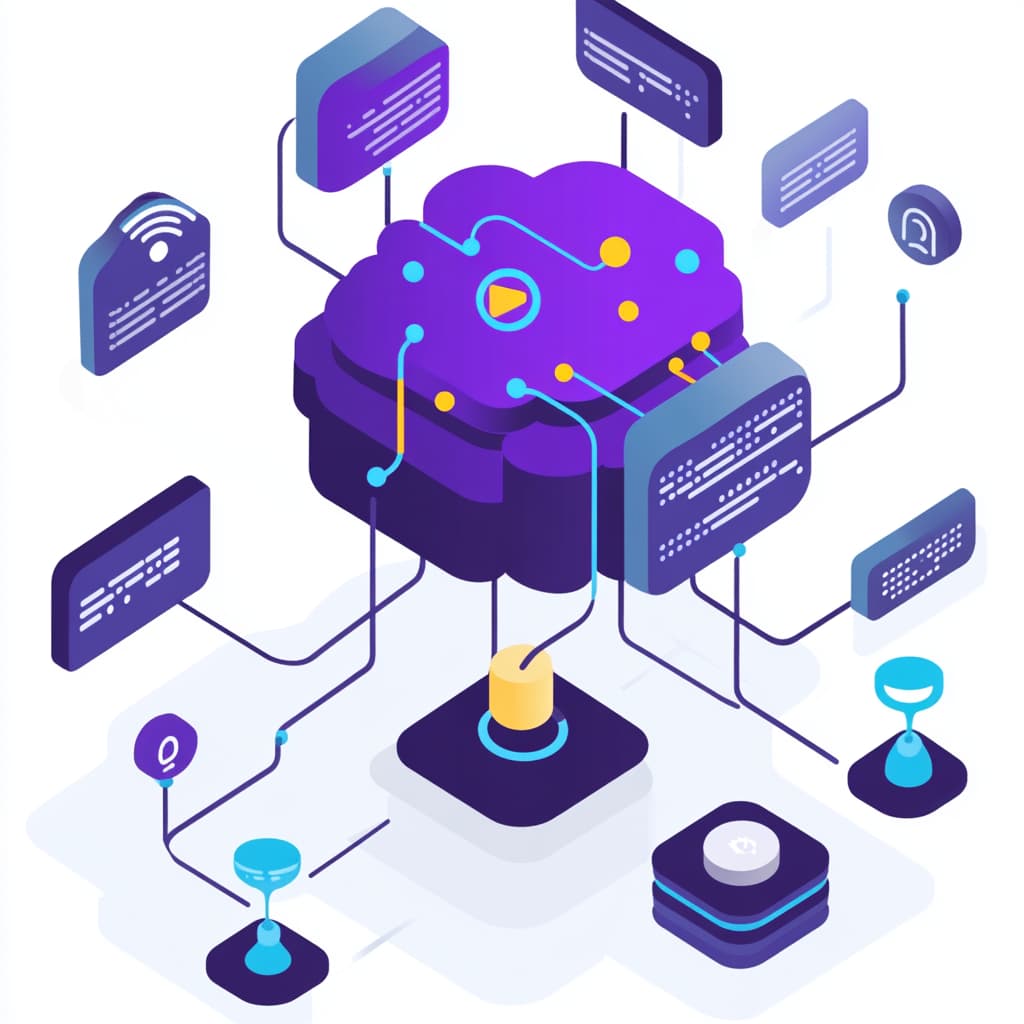In the age of the digital revolution, the amount of data created and accumulated every day is incredibly large. From breaking news to in-depth scientific research, data has become an integral part of modern society. However, as the volume of information grows, there are challenges in structuring it, making it searchable and, most importantly, making sense of it. This is where ontologies and metadata – tools that transform information into a knowledge context that computers and humans can understand – come into play.
Understanding Ontologies:
Ontologies are formal knowledge models that describe concepts, relationships between them, and properties of objects. They serve as a kind of “dictionary” for computers, allowing them to understand and categorize data in terms of semantics, not just syntax. Ontologies structure information, identify relationships, and allow machines to interpret the context of data.
Foundations of Ontologies:
- Concepts: Ontologies describe concepts or classes, which are categories or groups of objects that share common properties.
- Properties: Concepts can have attributes or properties that describe the characteristics of objects within a class.
- Relationships: Ontologies define relationships between different concepts, indicating how they relate to each other.
- Instances:Instances are specific objects or elements that relate to specific concepts in an ontology.
Metadata: Meaning In Detail:
Metadata are information about information. They serve to describe, classify, and organize data, providing a context for understanding its meaning. In the world of digital data, metadata plays a key role in helping users and computers find, analyze, and interpret information.
Roles of Metadata:
- Description: Metadata describes basic data attributes such as author, creation date, file type, and other parameters, helping users understand the content of information more quickly.
- Categorization: Metadata helps categorize data by indicating its meaning and structure. This is especially important when searching and organizing information.
- Context: Metadata provides context for data by explaining how it is related to other elements, the relationships between them, and how it can be interpreted.
The synergy of Ontologies and Metadata:
Ontologies and metadata work in symbiosis, enriching each other and creating a deeper understanding of data:
- Ontologies and Structure: Ontologies provide structure for data by defining its conceptual hierarchies and relationships. Metadata, in turn, augments this structure with practical attributes and details.
- Data Retrieval and Exploration: When data is linked through ontologies and enriched with metadata, data retrieval and analysis become more efficient and accurate.
- Knowledge Economy: Ontologies and metadata allow knowledge and information to be represented in a structured and understandable way, making it easier to transfer, share and understand.
Real World Applications:
- Scientific Research: In scientific fields, ontologies and metadata help to describe, classify and share data between researchers and organizations.
- Big Data and Analytics: When dealing with large amounts of data, ontologies and metadata facilitate the processes of analysis and interpretation.
- Library and Museum Collections: In the cultural field, they help to create digital archives and databases by enriching them with with context and meaning.
Conclusion:
Ontologies and metadata are the fundamental building blocks for organizing, understanding, and managing data in the digital world. They provide structure, meaning and context, making information more accessible and valuable. In the era of the information boom, where the ability to process and interpret data is becoming a core competency, ontologies and metadata are becoming indispensable tools, giving us insight and control over the world of knowledge.



